What is ETL Software?
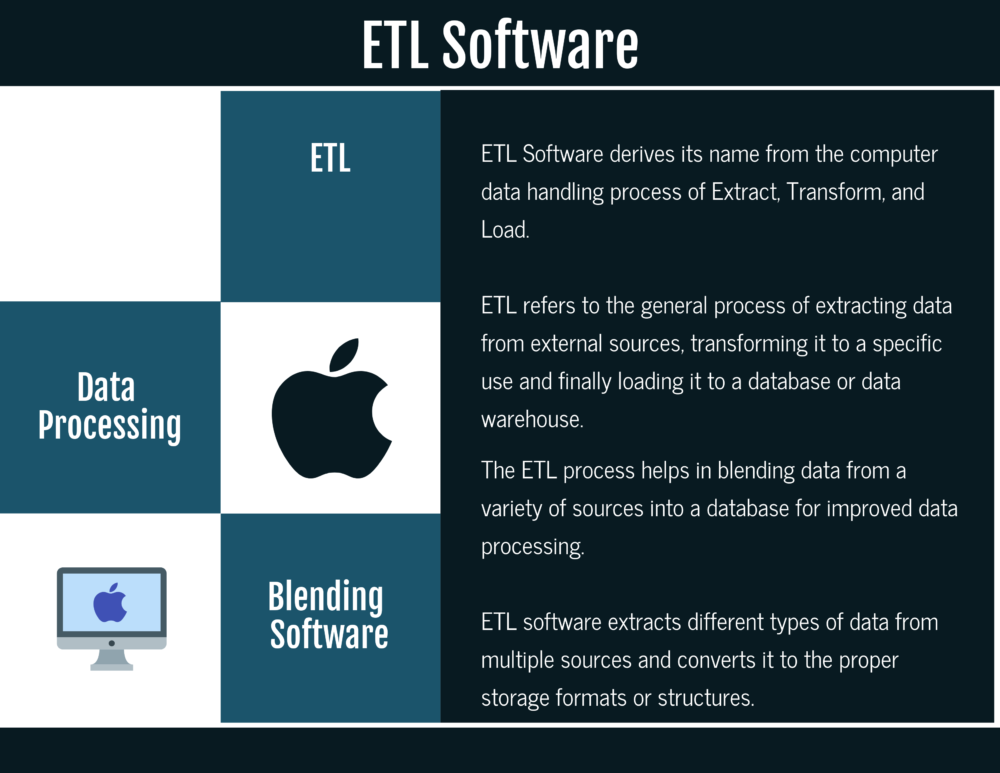
ETL Software derives its name from the computer data handling process of Extract, Transform, and Load. It refers to the general process of extracting data from external sources, transforming it to a specific use and finally loading it to a database or data warehouse. The ETL process helps in blending data from a variety of sources into a database for improved data processing.
ETL software refers to Extract, Transform, Load software, which is used to extract data from disparate sources, transform it into a format suitable for analysis and reporting, and load it into a data warehouse or data repository. ETL software is a critical component in many organizations' data management and analytics strategies, as it helps to ensure data accuracy, consistency, and completeness, as well as simplifying the process of moving data from multiple sources into a centralized repository for analysis. By automating the process of extracting, transforming, and loading data, ETL software can help organizations to streamline their data management processes and improve the speed, accuracy, and efficiency of their data analytics initiatives.
ETL software extracts different types of data from multiple sources and converts it to the proper storage formats or structures. This makes it ready for querying and analyzing before it is stored in the database.
Therefore, organizations often employ ETL software to handle some of their most challenging data integration issues.
What are the Advantages of ETL Software?
ETL software offers several advantages to organizations, including improved data accuracy and consistency, simplified data management and integration, faster and more efficient data analytics, reduced manual data processing errors, better data governance and security, and improved data visualization and reporting capabilities. ETL software automates the process of extracting, transforming, and loading data from multiple sources, helping organizations to overcome the challenges of working with large, complex data sets. By streamlining data management and integration, ETL software can help organizations to reduce manual data processing errors, improve the speed and efficiency of their data analytics initiatives, and enhance their overall data management and analytics capabilities.
- ETL software simplifies data management, which improves the performance of databases and data warehousing
- ETL software helps standardize data collected from multiple channels within the organization such as Sales, CRM, Accounts, and even Social channels
- ETL software facilitates the organization and collation of business intelligence, which supports organization decision making
- Organizations can efficiently address some of the most challenging data integration issues
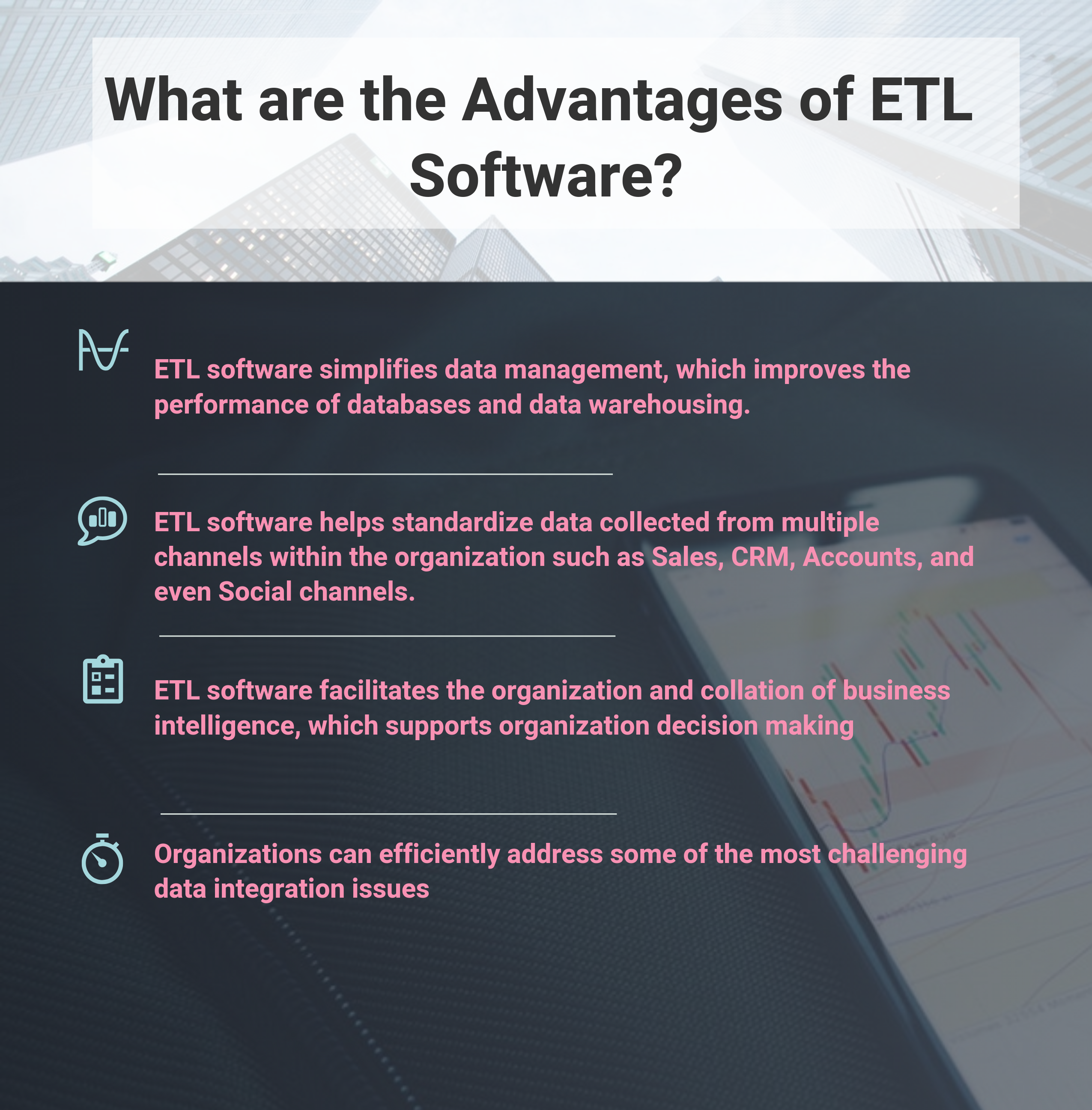
What are the Advantages of ETL Software
What are the Benefits of ETL Software?
ETL software provides several benefits to organizations, including streamlined data management, improved data accuracy and consistency, reduced manual data processing errors, faster data analytics and reporting, better data visualization, and improved data governance and security. With ETL software, organizations can automate the process of extracting data from disparate sources, transforming it into a format suitable for analysis and reporting, and loading it into a data warehouse or repository. This helps to simplify data management and integration, reduce manual data processing errors, and improve the speed, accuracy, and efficiency of data analytics initiatives. Overall, ETL software is a critical tool for organizations looking to enhance their data management and analytics capabilities and achieve their goals.
- ETL software provides organizations with efficient tools for analyzing, structuring, and cleaning data
- ETL software ensures that organizes always end up with perfectly formatted data throughout the ETL process
- Easy and cost-effective implementation of ETL software, including minimal impact on the source systems
- Organizations save time with ETL tools when building data warehouses rather than the engage in the laborious and error-prone manual methods of creating integration mappings
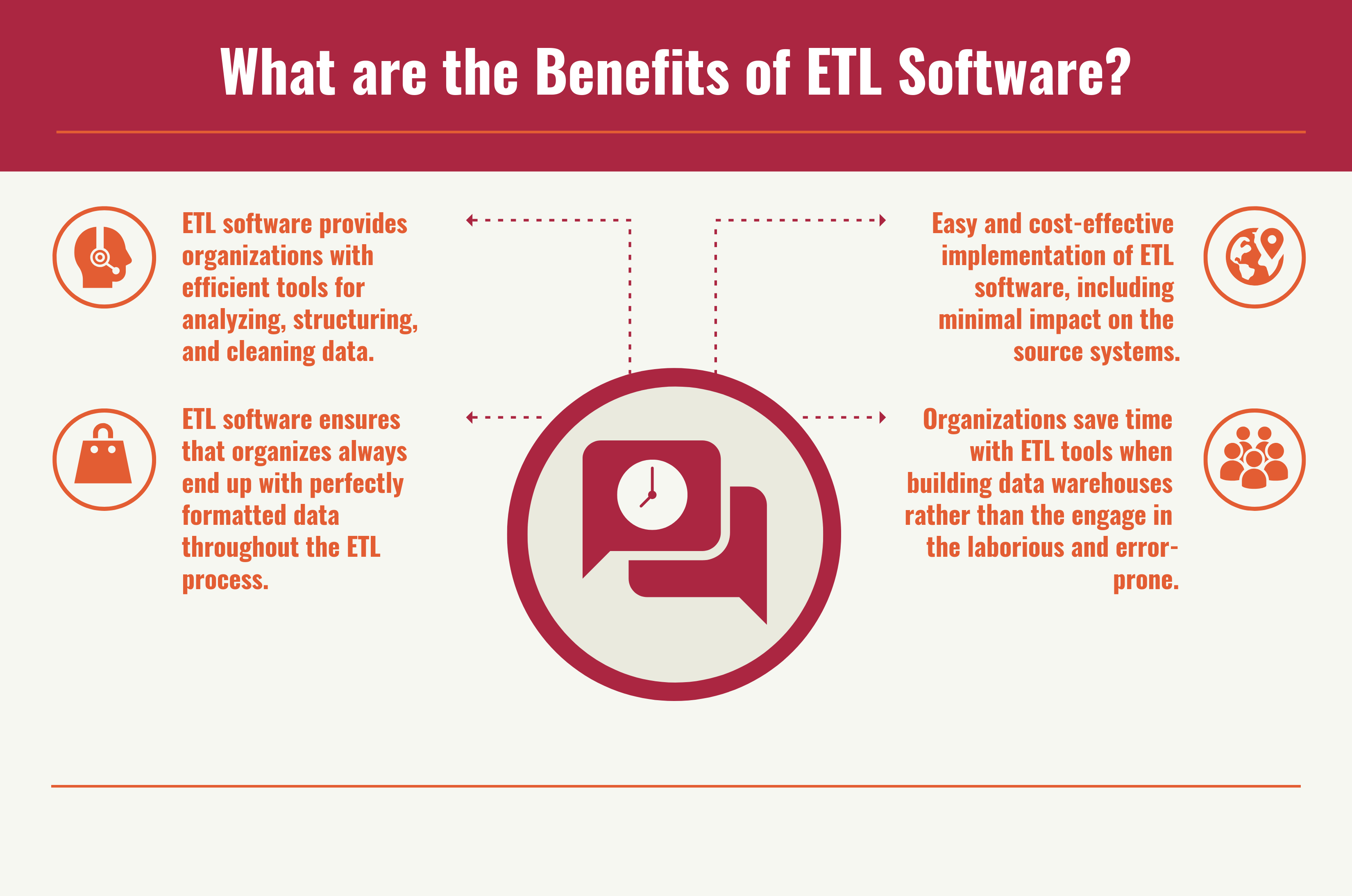
What are the Benefits of ETL Software
What are the Features of ETL Software?
ETL software typically includes features such as data extraction from various sources, data transformation, data loading into a data warehouse or repository, data mapping and transformation, data quality and validation, scheduling and automation, and reporting and visualization. Some advanced ETL tools also offer features such as data deduplication, data normalization, data enrichment, and data migration. ETL software should be able to handle large and complex data sets, and be able to scale as the volume of data grows. It should also be flexible enough to handle different types of data sources and formats, and offer integration with other data management and analytics tools. Additionally, it should be user-friendly and offer a user-friendly interface, allowing business users to access, analyze, and visualize their data without having to rely on IT.
- Enhanced business intelligence through support for various data stores, business intelligence platforms, and databases.
- Support for all types of data formats and different data flows through many built-in data connectors
- Easy to use drag and drop process designers for users to develop their own models, including support for team development
- Migration of data between databases or individual applications
- Support for metadata management, including data profiling and cleansing capabilities
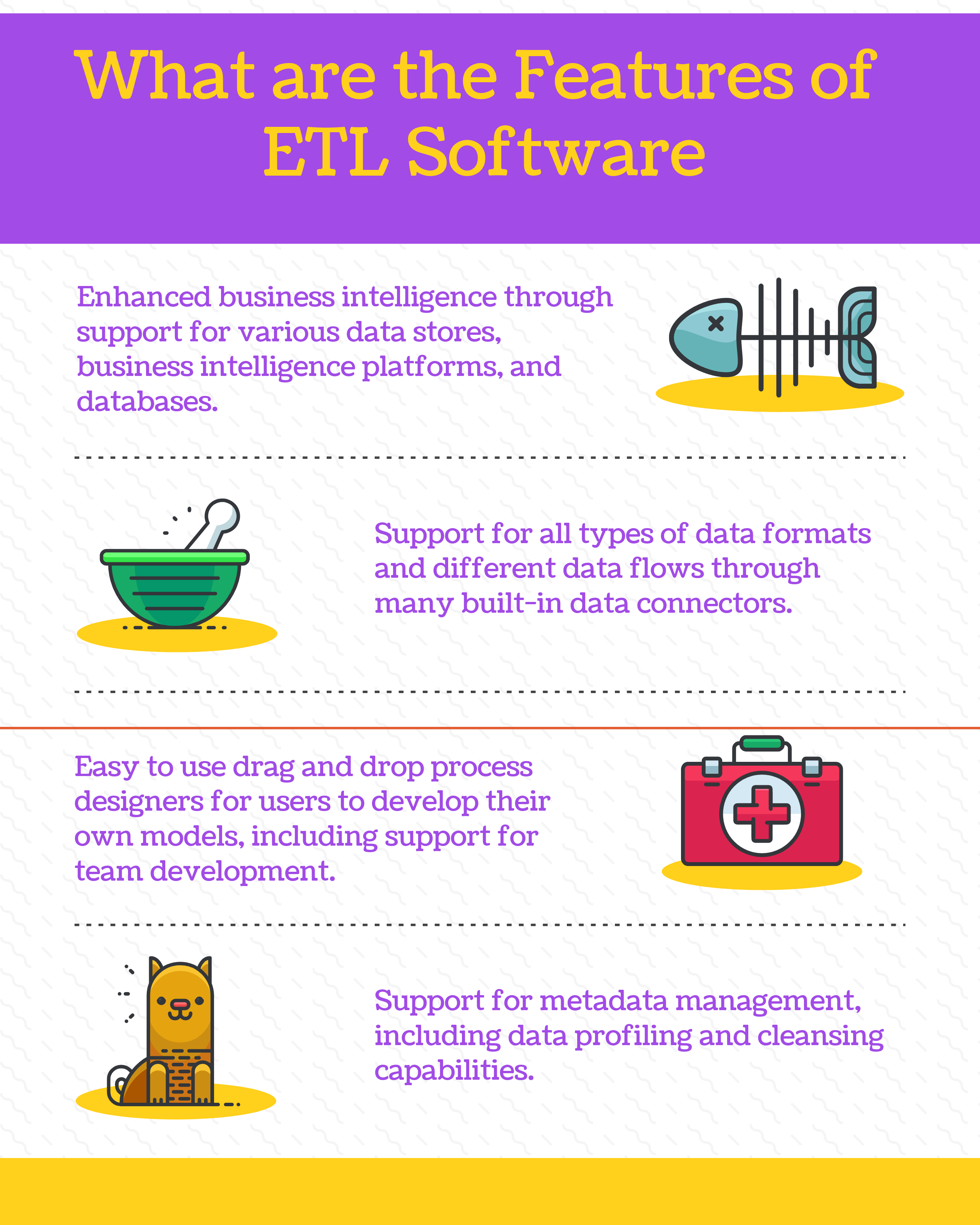
What are the Features of ETL Software
What are the Disadvantages of ETL Software?
- In and of themselves, ETL software applications are not enough for the modern business environment. Business have to also look beyond the traditional ETL steps to meet their data management needs
- Processing of large amounts of data may be time-consuming and resource intensive
- The cost of using the software may deter organizations from deploying the exact ETL application they require
What are the Trends of ETL Software?
- There’s a steady increase in the amount and types of data sources, both from internal and external sources, including unstructured data, and social media. This compels organizations to prioritize data integration and look beyond the traditional ETL process
- ETL software providers now aim to provide tools that allow to shift seamlessly between real-time, streaming, and batch modes.
What are the Best Practices in ETL Software?
- ETL runtimes can be quite long depending on the volume of data. Users should employ workload management to ensure efficiency
- Use of daily diagnostic queries will give a picture of ETL health on a continuous basis
- Users of ETL tools should understand the data sources, when it loaded and the transformation. This is important for understanding the integrity of the data downstream
Top Data Integration Platforms
You may like to read: Top Data Integration Platforms
What are ETL Software?
ETL Software derives its name from the computer data handling process of Extract, Transform, and Load and refers to the general process of extracting data from external sources, transforming it to a specific use and finally loading it to a database or data warehouse. The ETL process helps in blending data from a variety of sources into a database for improved data processing.
What are the Advantages of ETL Software?
ETL software simplifies data management, standardize data collected from multiple channels, and facilitates the organization and collation of business intelligence.
What are the Benefits of ETL Software?
Provides organizations with efficient tools for analyzing, structuring, and cleaning data, ensures that organizes always end up with perfectly formatted data throughout the ETL process, and save time with ETL tools when building data warehouses.
What are the Features of ETL Software?
Enhanced business intelligence through support for various data stores, business intelligence platforms, and databases, support for all types of data formats and easy to use drag and drop process designers for users to develop their own models.









































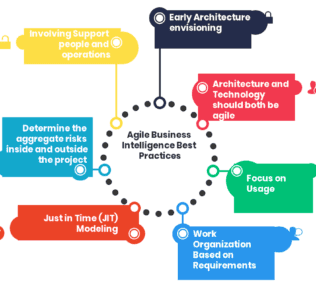

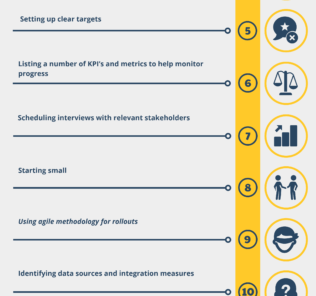
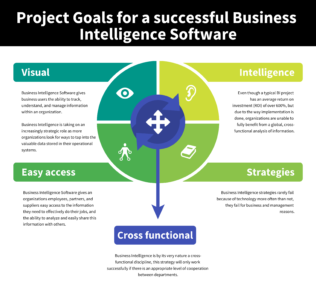
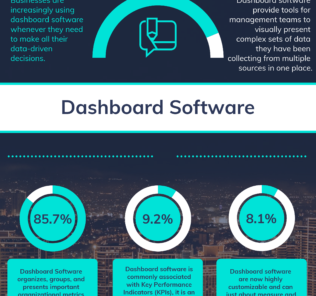
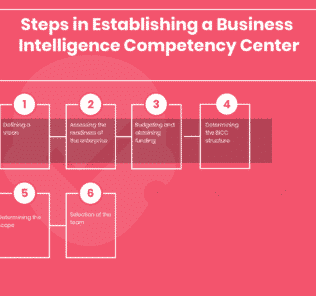




By clicking Sign In with Social Media, you agree to let PAT RESEARCH store, use and/or disclose your Social Media profile and email address in accordance with the PAT RESEARCH Privacy Policy and agree to the Terms of Use.